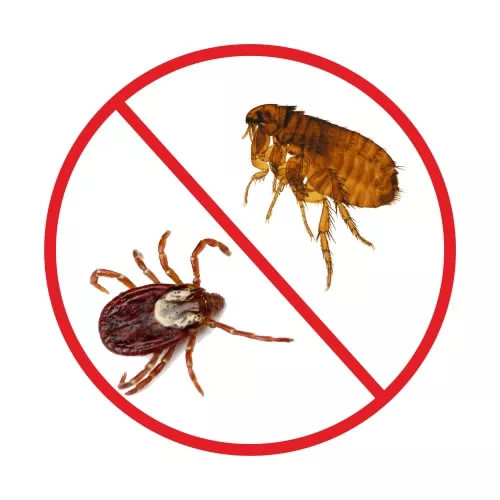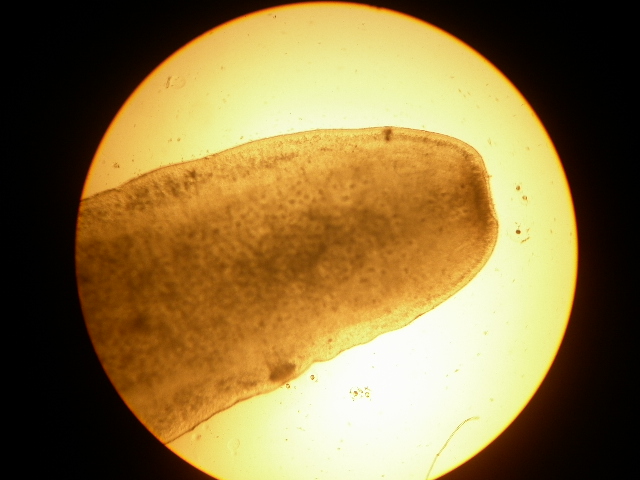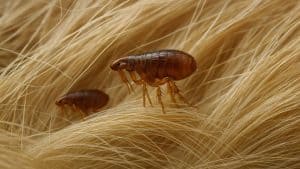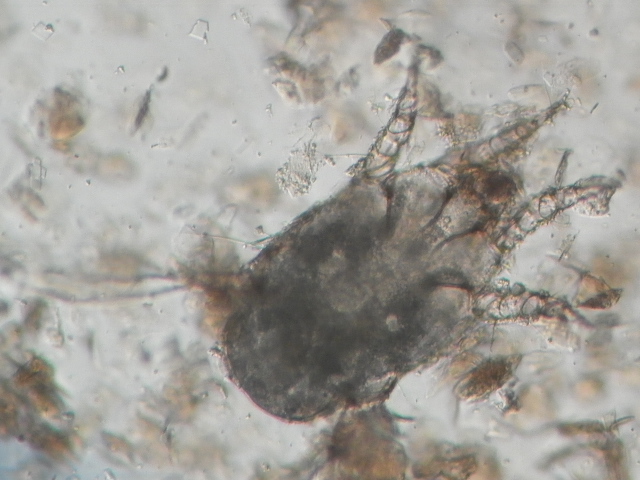External and Internal parasites ferrets

Internal and External Parasites
Intestinal Parasites

Introduction:
In carnivorous companion animals, intestinal parasitosis is often seen. Intestinal worms are not only repulsive but, they may be dangerous to us and cause serious illness in our animals. Infection is often caused by contact with infected feces, but infection through the placenta, followed by the mother's milk, is also common. Fleas can spread tapeworms as well. Decreased immune condition will increase the chances of infection, and helminthiasis itself can reduce the overall defensive ability.
Symptoms:
There are several different types of intestinal parasitosis. We most commonly see roundworms which are off-white, cylindrical, and thread-like but, may be spaghetti sized as well. Other nematodes commonly seen are hookworms, which are also off-white but flat and ribbon-like in appearance. There are also cestodes (most commonly referred to as tapeworm) which are flat, white worms made up of tiny segments, the size of grains of rice.
Regardless of the type of intestinal worm, the most common symptoms are: loss of appetite (and consequent weight loss), mucoid feces, diarrhea, anal pruritus, and, occasionally, worms or segments in the feces or vomit.
Diagnosis:
If the symptoms are not clear, parasitological examination of the feces should be performed.
Prevention and Treatment:
It is important to emphasize the necessity of giving deworming products to all carnivorous small animals on a regular basis. Adult worms release eggs and the eggs become infective within one month (depending on the type of worm) so it is possible to become infected at any time during the life cycle. It is recommended that kittens are treated with a de-wormer starting when they are 2-3 weeks old. It is often suggested to give a broad-spectrum antiparasitic at a quarterly rate for dogs that are frequently hiking or around other dogs, or for cats and ferrets who live outside, and for families with small children. Deworming, as well as Rabies vaccinations, are required by law every year. In addition to a broad-spectrum antiparasitic we must always remember antiflea treatments as fleas can spread tapeworms, which can infect humans as well.
Fleas

Introduction:
Fleas can be an inconvenience to both pets and their owners year round. They are very active ectoparasites that reproduce rapidly, infecting the surrounding environment (and hosts) with their eggs.
Symptoms:
Even just the sensation of fleas crawling on our pets can be enough to make them crazy; scratching and chewing wildly to stop the itching. It is not uncommon for flea allergy dermatitis (FAD) to also occur as many animals are allergic to flea saliva. In animals with FAD, the intense scratching and licking can lead to skin sores, hair loss, and, in some cases, hot spots.
If the infestation continues and the number of fleas grow over an extended period of time, anemia can occur from blood loss. Conjunctivitis can also occur if fleas make their way into the animal's eyes. Furthermore, fleas can play a role in transmitting tapeworm infestations. Hatching larval fleas feed on tapeworm eggs which develop, as the flea does, and when the adult flea is ingested by the animal, it too becomes infected.
Prevention and Treatment:
The most important part of flea treatment is prevention, with year-round anti-flea treatments from the veterinarian. In the case of flea infestation, all types of anti-flea treatments may be used (spot treatments, shampoos, etc.). If the infestation is severe, the animal's bedding and environment should also be treated with anti-flea spray as 90% of fleas and their eggs can be found there.
Ear Mites

Introduction:
The most common cause of otitis externa in cats is ear mites, which is rarely found in dogs or ferrets. Ear mites are microscopic, spider-shaped mites that feed and lay their eggs in the ear canal.
Symptoms:
As the mites feed, they cause inflammation of the external ear canal. As a result of the mites and the inflammation, the ear can be terribly itchy, and the animal will constantly eviscerate and scratch their ears.
Treatment:
In cases of ear mites, it is not enough to only treat the otitis externa with ear drops, but the mites must be destroyed. Miticidal ear drops and a long-acting acaricide may be required to kill current mites and the mites that have yet to hatch from the eggs.
